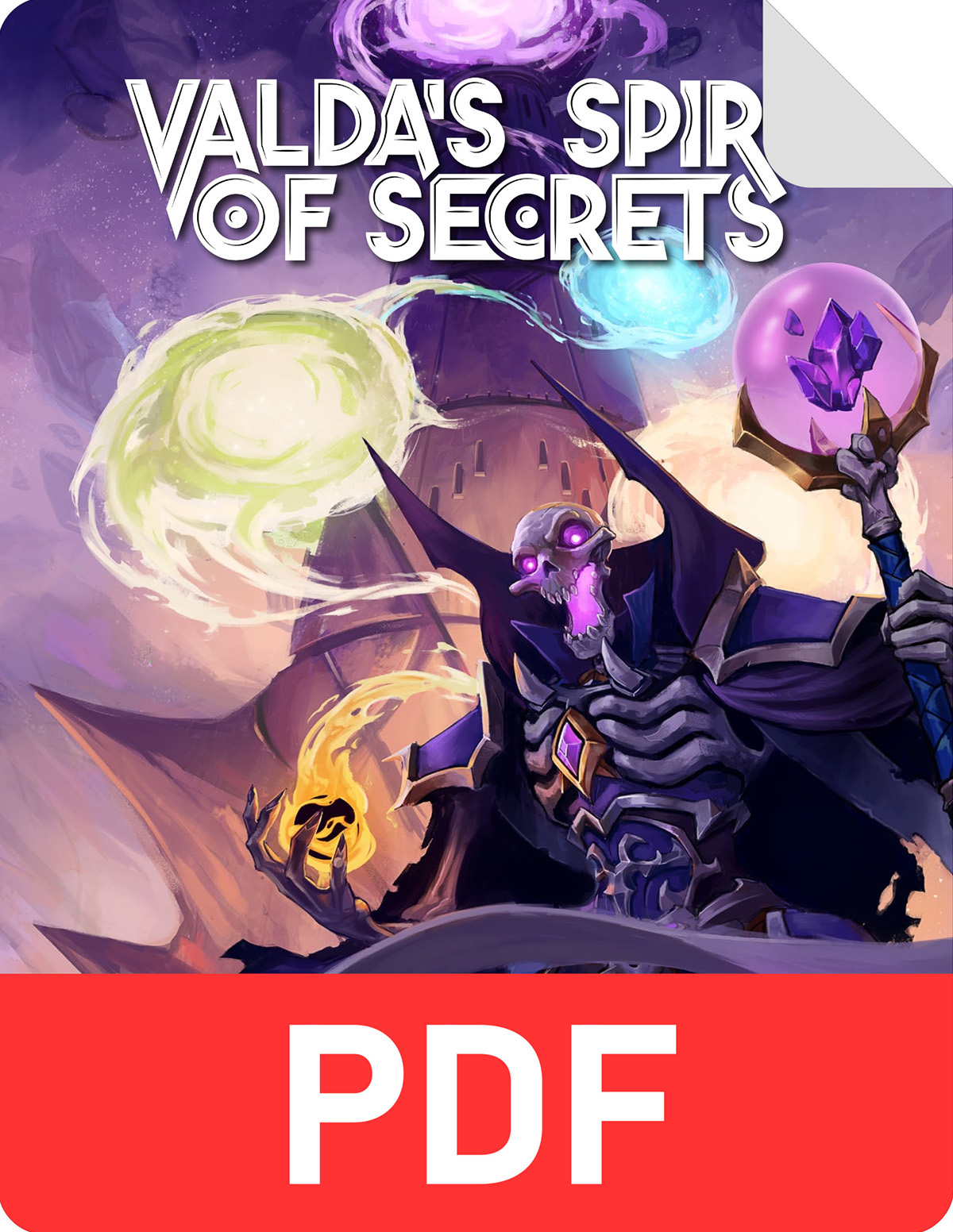M_Natas
Hero
Production casts are hardly near zero. I haven't printed in ages, so this isn't quite the truth it once was, but my cover art was virtually always my highest expense.
Book printing costs are relatively low at the scale Wizards of the Coast operates. A typical 400 page novel printed in runs of several thousand usually costs well under 1 dollar per copy to manufacture. D&D books are more expensive because they are full color hardcovers, but even then the cost is not very high at large print volumes. For example, a commercial printer charges about €3.18 per copy for a 240 page, full color, A4 hardcover in a run of 10,000. WotC prints tens or hundreds of thousands at a time, so their actual cost is almost certainly well under 5 dollars per book, probably closer to 2 to 3 dollars.
Printing, therefore, is not the major expense. Most of the cost comes from distribution. Books must be stored and shipped, and then sold through distributors and retailers. Retailers, whether online or physical, typically take 20 to 50 percent of the list price. So if WotC sells a 50 dollar book through Amazon or Barnes & Noble, they might only receive 20 to 25 dollars from that sale. Out of that amount they still need to pay for printing, warehousing, freight, authors, artists, editors, and the entire overhead of both WotC and Hasbro.
For example, if the PHB sells 100,000 copies through major retailers, WotC might gross around 2 to 2.5 million dollars. After subtracting printing and logistics, that number falls further, and the remainder must cover the development costs of the book and the salaries of the employees who worked on it.
Direct sales through D&D Beyond are far more profitable. When WotC sells a book directly, either digitally or as a print on demand copy, they keep essentially the entire list price. A 60 dollar sale on D&D Beyond produces about 60 dollars in revenue for them, minus very small processing fees. That is roughly twice what they would earn from selling the same book through Amazon. Even a 30 dollar digital PHB sold on D&D Beyond can be more profitable for WotC than a 50 dollar physical PHB sold through a retailer. A print copy purchased directly is almost pure margin compared to retail channels. If you want to support a publisher, buying directly from them really does make a meaningful difference.
The actual expensive part is creating the content. Printing is cheap, but making the book is not. Freelance writing for TTRPGs often pays around 10 to 20 cents per word. With roughly 250 to 300 words per page, that works out to about 25 to 60 dollars per page for writing alone. WotC also employs internal staff, which costs more than freelancers, and they spend additional time on design and playtesting. A reasonable estimate for writing, design, and rules development for a 292 page book is about 50,000 dollars.
Art is significantly more expensive. Magic: the Gathering card art reportedly averages about 1,000 dollars per piece, and full page illustration for RPG books can be even higher. A large D&D book might reasonably contain around 100,000 dollars worth of artwork. Editing, layout, project management, and other production tasks add at least another 10,000 dollars. Altogether, a major hardcover release may cost 150,000 to 200,000 dollars to create before a single copy is printed.
At wholesale margins, WotC needs to sell roughly the first 10,000 copies just to recover development costs. On D&D Beyond they recover that investment much faster, often with only about 5,000 sales, because they keep almost all the revenue.
These costs also scale with book size. If a 292 page book costs around 200,000 dollars to produce, that is roughly 700 dollars per page. A small 32 page supplement might therefore cost about 20,000 to 25,000 dollars to create. Sold digitally on D&D Beyond for 15 dollars, where almost all of that price is profit, WotC would only need to sell around 1,500 copies to break even.
If the same 32 page booklet were sold for 5 dollars instead of 15, WotC would need to sell roughly 4,500 copies to break even. That is essentially the same break-even volume as a major release like the PHB when it is sold directly through D&D Beyond. The difference is that WotC cannot realistically expect a small, niche 32 page supplement to sell anywhere near the numbers of a core rulebook. So even though the development cost is much lower, the expected sales volume is also much lower, which makes the break-even point harder to reach.
These numbers are not exact, but they are in the right order of magnitude, I think.




